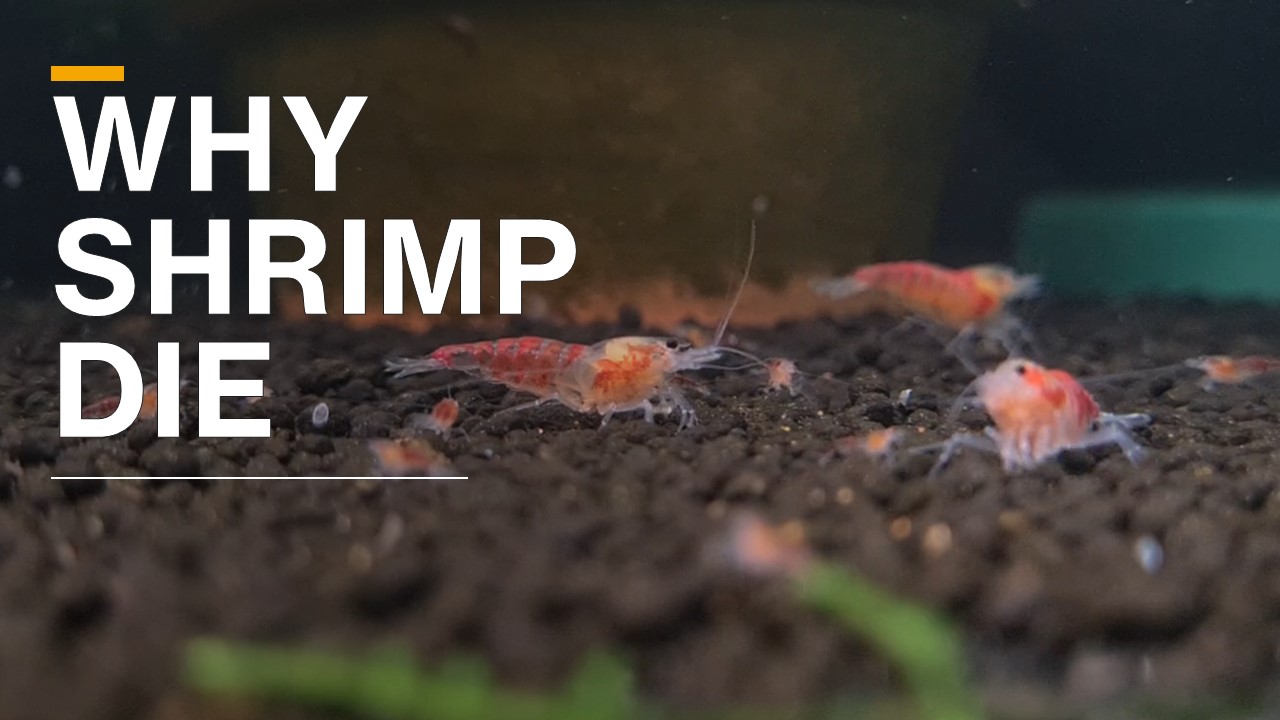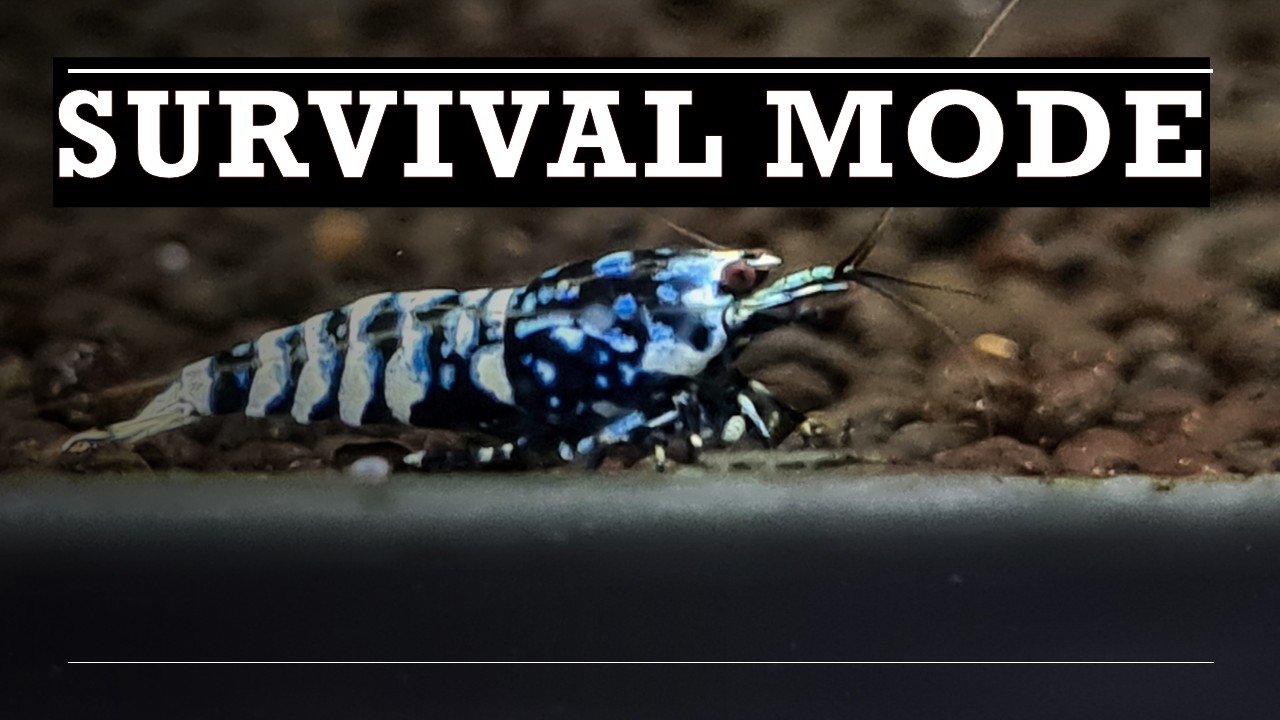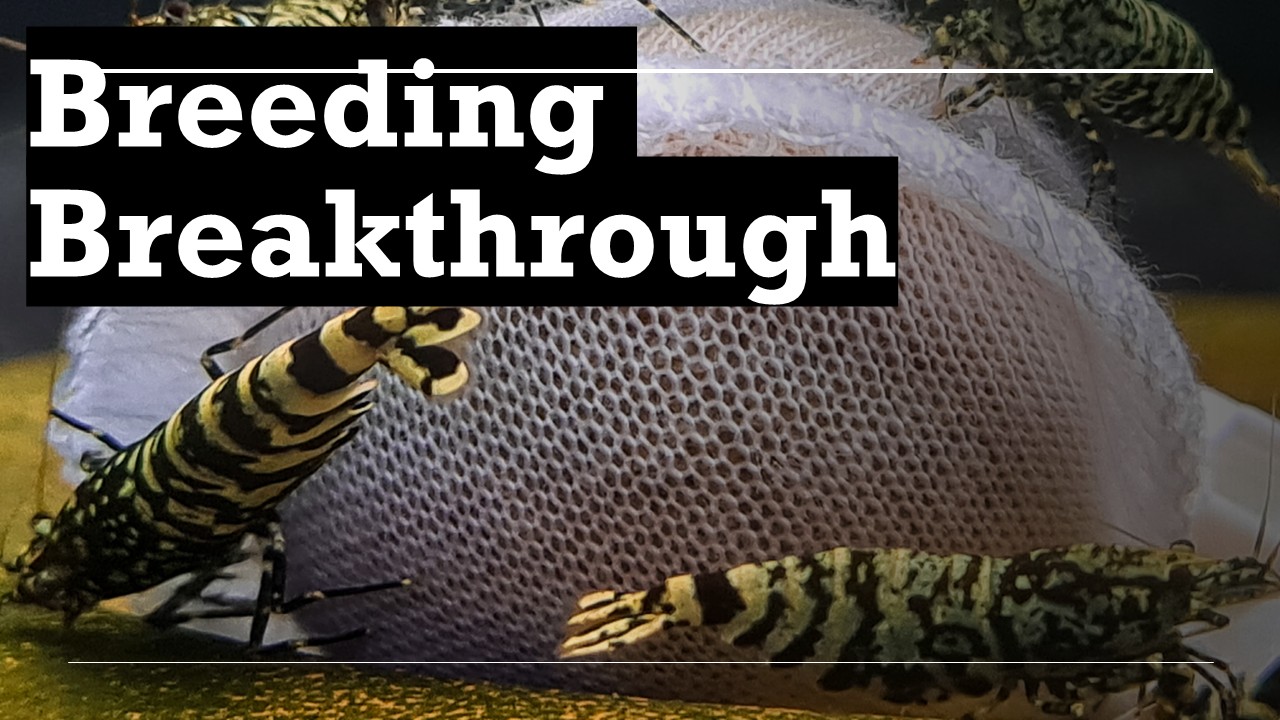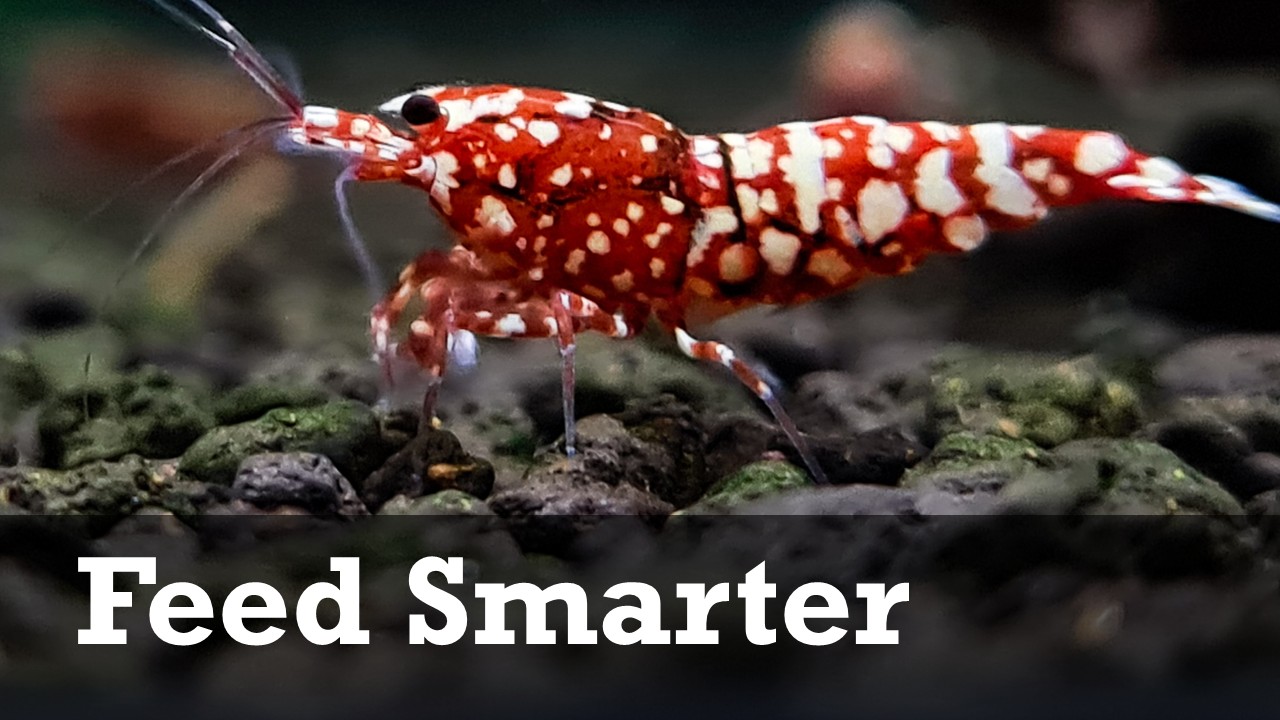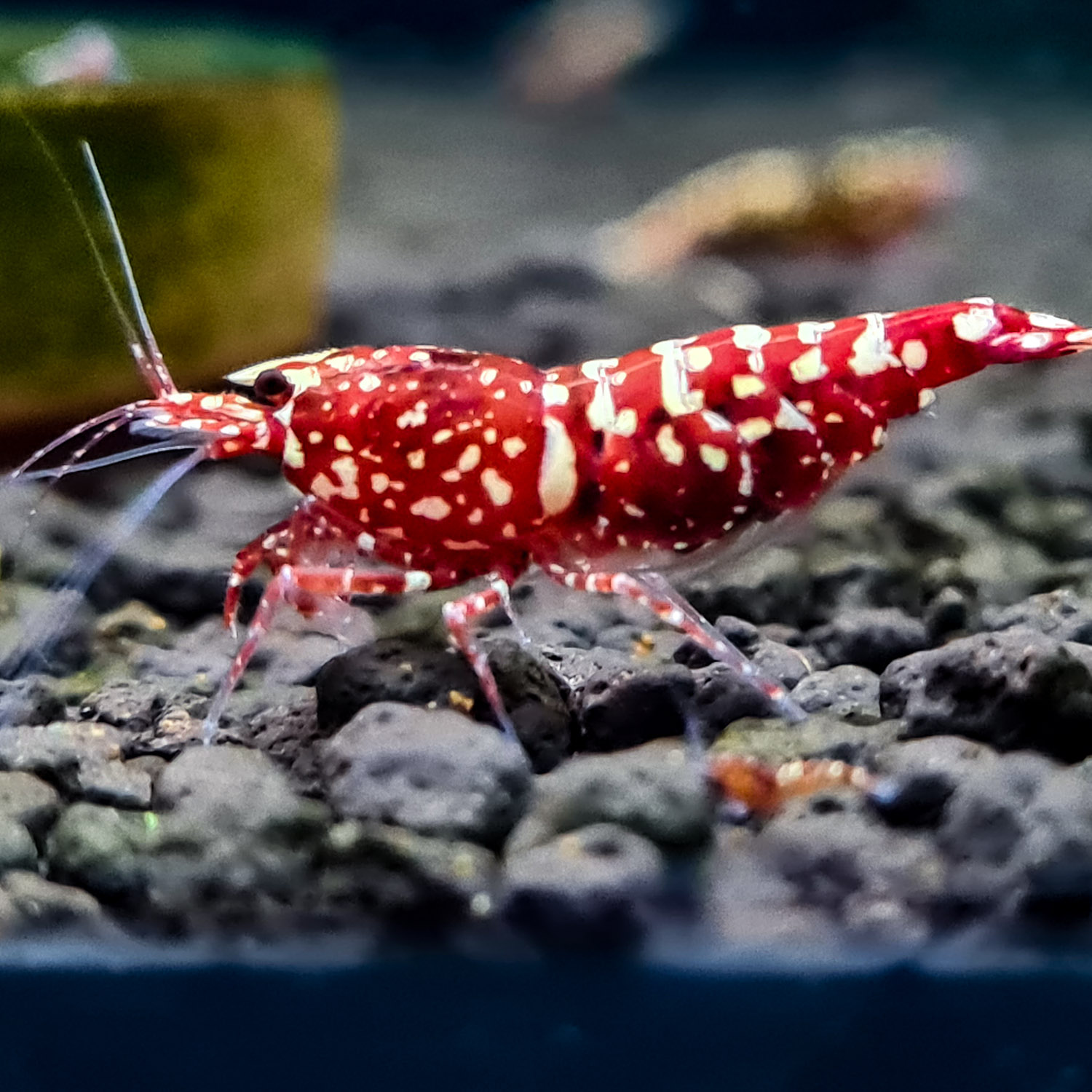
Intro
we’ll be diving into a topic that’s incredibly frustrating for many hobbyists: unexplained shrimp losses. If you’ve ever faced the heartbreak of losing shrimp with no apparent cause, know that you’re not alone. This issue can leave you feeling helpless, but understanding the potential reasons behind these losses can empower you to take proactive steps to prevent them.
In this video, we’ll explore the common factors contributing to shrimp deaths, from water parameters to shipping conditions and more. By the end, you’ll have a clearer understanding of how to create a thriving environment for your shrimp. We’ll tackle this topic in two parts: the seller’s role and the buyer’s responsibilities.
Part 1: The Seller’s Role
Why It’s Crucial to Purchase from a Reliable Source
The health and survival of your shrimp start with the source. A reputable breeder or supplier ensures their shrimp are raised in optimal conditions, free from diseases, and properly acclimated to stable water parameters. On the other hand, shrimp from unreliable or cheaper sources often come with risks such as disease, parasites, or stress from poor water quality.
While it might be tempting to save a few dollars by buying from an unknown source, the long-term consequences—unexplained deaths, poor health, and unstable genetics—can cost you more. Trusted sellers provide not only healthier shrimp but also the vital care information you need, such as water parameters, which helps you better match their conditions in your tank.
Investing in high-quality shrimp from a reputable supplier might require a higher upfront cost, but it’s a worthwhile investment. Healthy, well-bred shrimp have a significantly higher chance of thriving in your aquarium, reducing the stress and frustration of losses later.
Shipping Conditions and Their Impact on Shrimp Health
Shipping plays a critical role in the survival of shrimp. Stress during transportation can weaken their immune systems, making them more susceptible to diseases and environmental changes.
One common issue is thermal shock, especially in colder climates. Heat packs, while great for fish, can sometimes overheat or cause temperature fluctuations that stress or kill shrimp. Sellers should ensure proper packaging with breathable bags, oxygen instead of air, and quarantine measures before shipment. For long shipping durations, strategies like breeder boxes or similar enclosures are essential to minimize ammonia build-up and maintain water quality during transit.
Part 2: The Buyer’s Responsibilities
Understanding Water Parameters: The Leading Cause of Shrimp Deaths
Poor water quality is one of the most common culprits behind unexplained shrimp deaths. Even when your water parameters seem within safe limits, underlying issues like sudden ammonia spikes can go unnoticed. These spikes can occur rapidly and subside before you even test your water, leaving your shrimp exposed to toxic conditions without any obvious signs.
Frequent and timely water testing is critical, especially in new setups or after heavy feedings. Observing your shrimp’s behavior is equally important—lethargy, hiding, or a lack of activity can indicate deteriorating water quality.
Filter Maintenance: The Key to Healthy Water
Your aquarium filter is vital for maintaining water stability. A clogged or inefficient filter can fail to remove toxins, leading to poor water conditions. Signs of a struggling filter include shrimp hiding or becoming lethargic.
To avoid this, clean your filter regularly according to its type and your tank’s bioload. A well-maintained filter ensures a clean, stable environment for your shrimp to thrive.
Regular Water Changes: Controlling Nitrate Levels
Nitrates, a byproduct of waste and uneaten food, can accumulate over time, stressing your shrimp and even leading to death at high concentrations. Regular water changes are the best way to control nitrate levels.
Aim for a 10% water change every 1-2 weeks, adjusting based on your tank’s population and feeding habits. Remember, don’t wait for the water to look dirty—prevention is always better than cure.
Feeding Habits: Preventing Overfeeding and Waste Build-Up
Overfeeding is a common issue that leads to decaying food, which releases harmful toxins like ammonia and nitrates. To avoid this, feed your shrimp only what they can consume in a short period. A feeding dish can help control waste, ensuring uneaten food is easily removed.
Adjust feeding frequency based on your shrimp population—feed larger populations daily and smaller groups every other day. Providing high-quality, protein-rich food ensures your shrimp receive the nutrients they need without compromising water quality.
Matching Water Parameters: A Critical Factor in Shrimp Health
Introducing shrimp to an environment with water conditions drastically different from their original setup can be overwhelming and often fatal. Mismatched pH, GH, or KH levels can cause stress, molting issues, and eventual death.
It’s crucial to match your tank’s water parameters as closely as possible to the seller’s. Reputable breeders usually share this information, allowing you to acclimate your shrimp more effectively. When adjusting parameters, do so gradually—large fluctuations can be detrimental.
For instance, shrimp kept in a pH of 5 may survive in pH 6 but will not thrive. Providing the right environment helps them live longer, healthier lives.
Summary: Preventing Unexplained Shrimp Deaths
To reduce the likelihood of shrimp losses:
- Source Carefully: Always purchase from reputable breeders who prioritize stable water conditions and shrimp health.
- Mind Shipping Conditions: Ensure shrimp are shipped with proper care to avoid stress, temperature fluctuations, and waste build-up.
- Monitor Water Quality: Regularly test water parameters, clean filters, and follow a consistent maintenance schedule.
- Match Water Parameters: Align your tank’s conditions with the seller’s to minimize stress during acclimatization.
By paying attention to these key factors, you can create a thriving environment for your shrimp. If your shrimp live for more than two years, celebrate—it’s a testament to your dedication and care.
Maintaining a shrimp tank requires effort and attention to detail, but the rewards are well worth it. A healthy, vibrant shrimp colony is not only beautiful but also deeply satisfying to care for.
Thank you for watching this video! I hope you’ve learned something valuable today. Remember, a little extra effort can go a long way in ensuring your shrimp thrive. Until next time—peace out!
